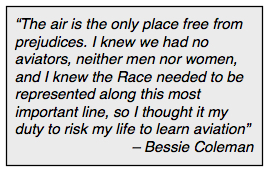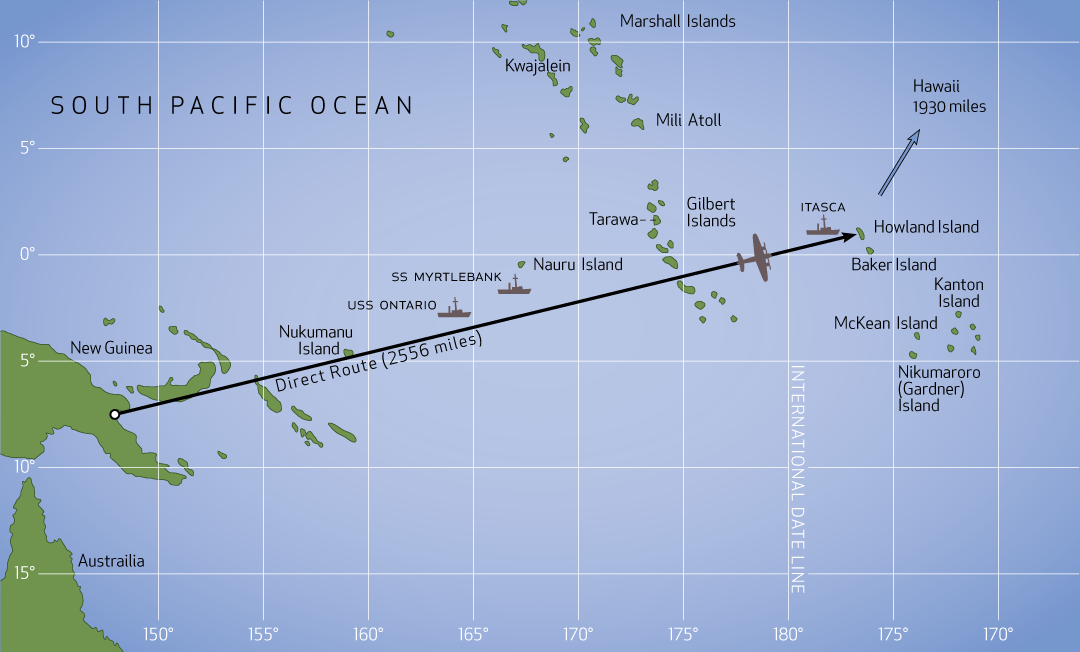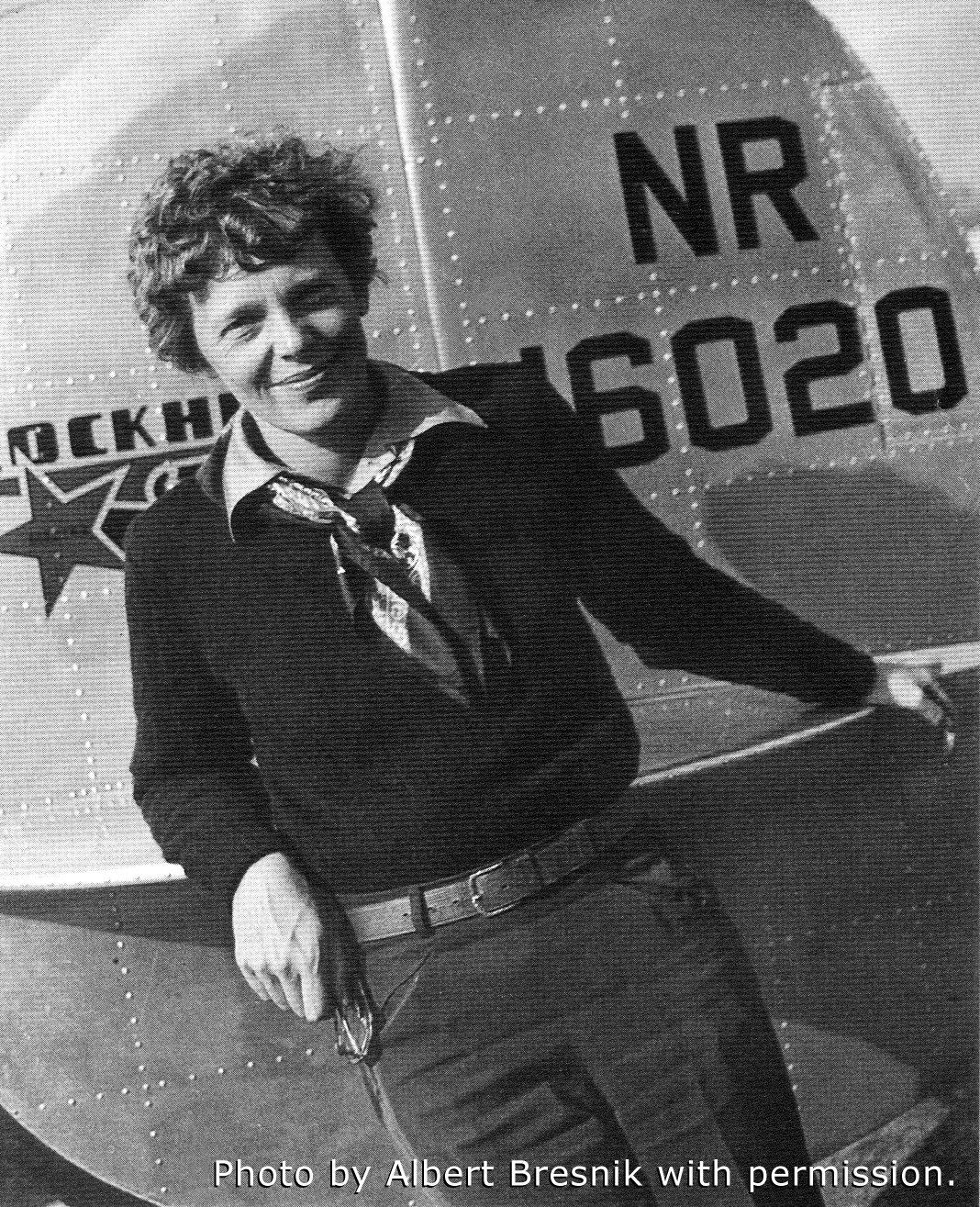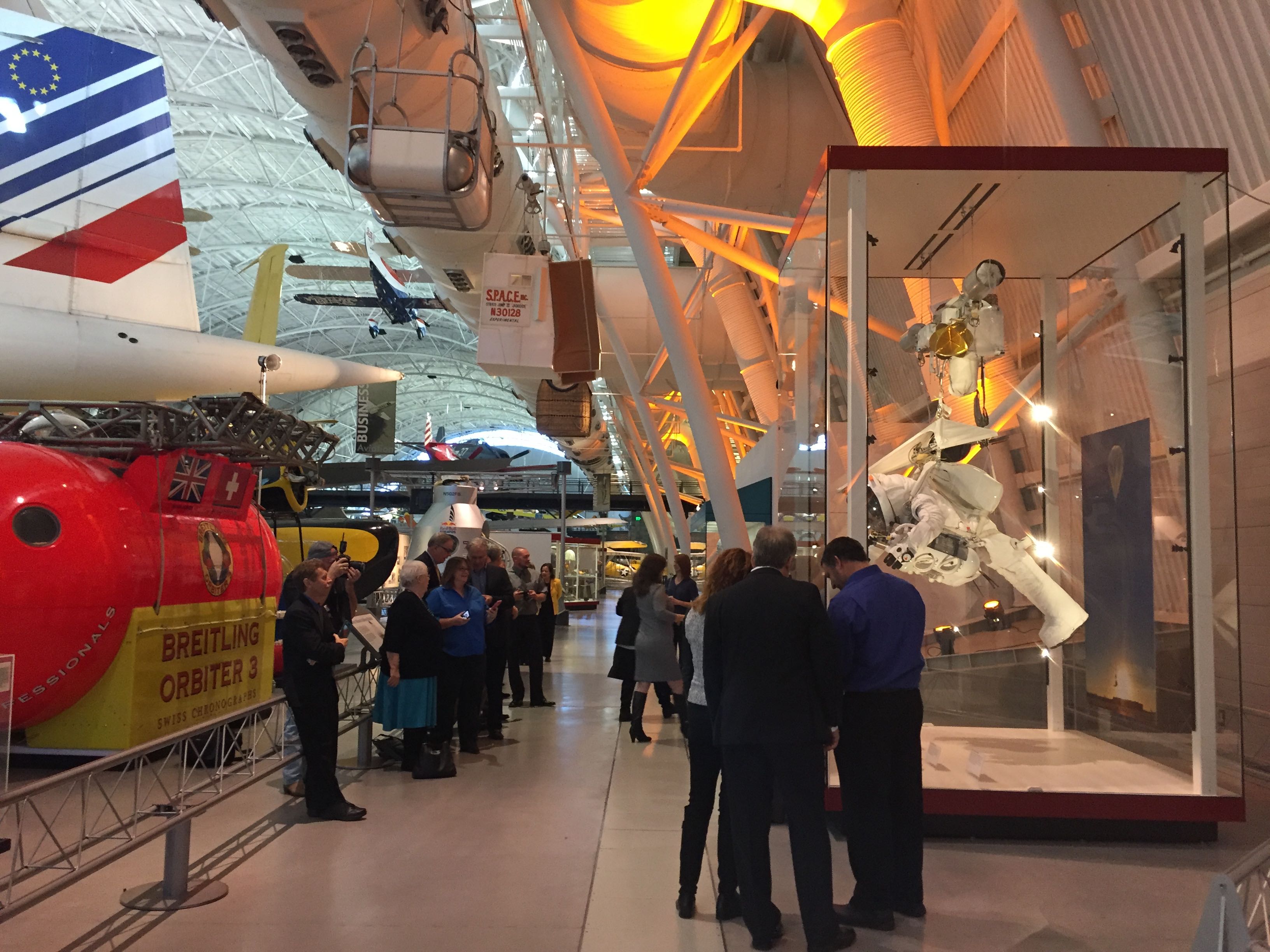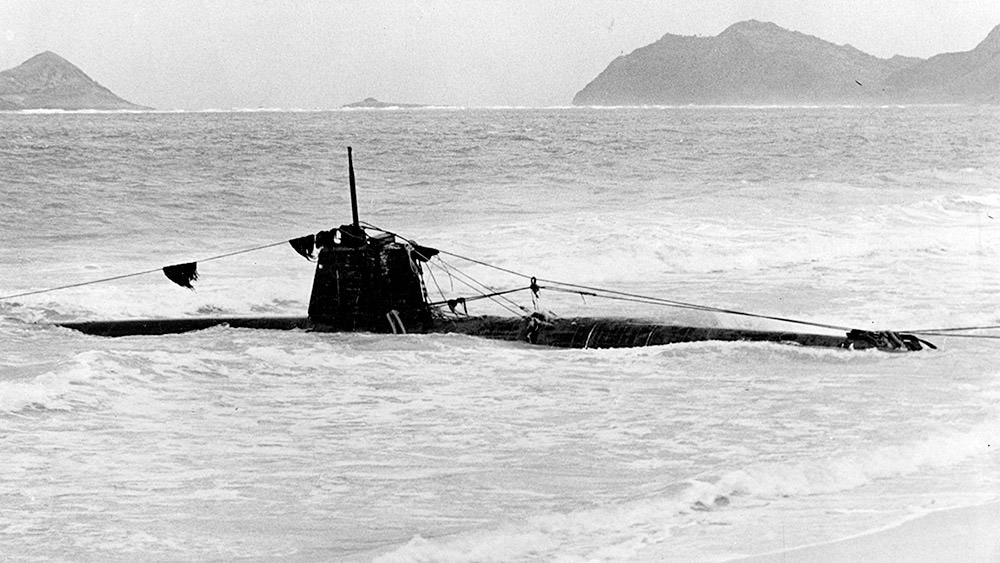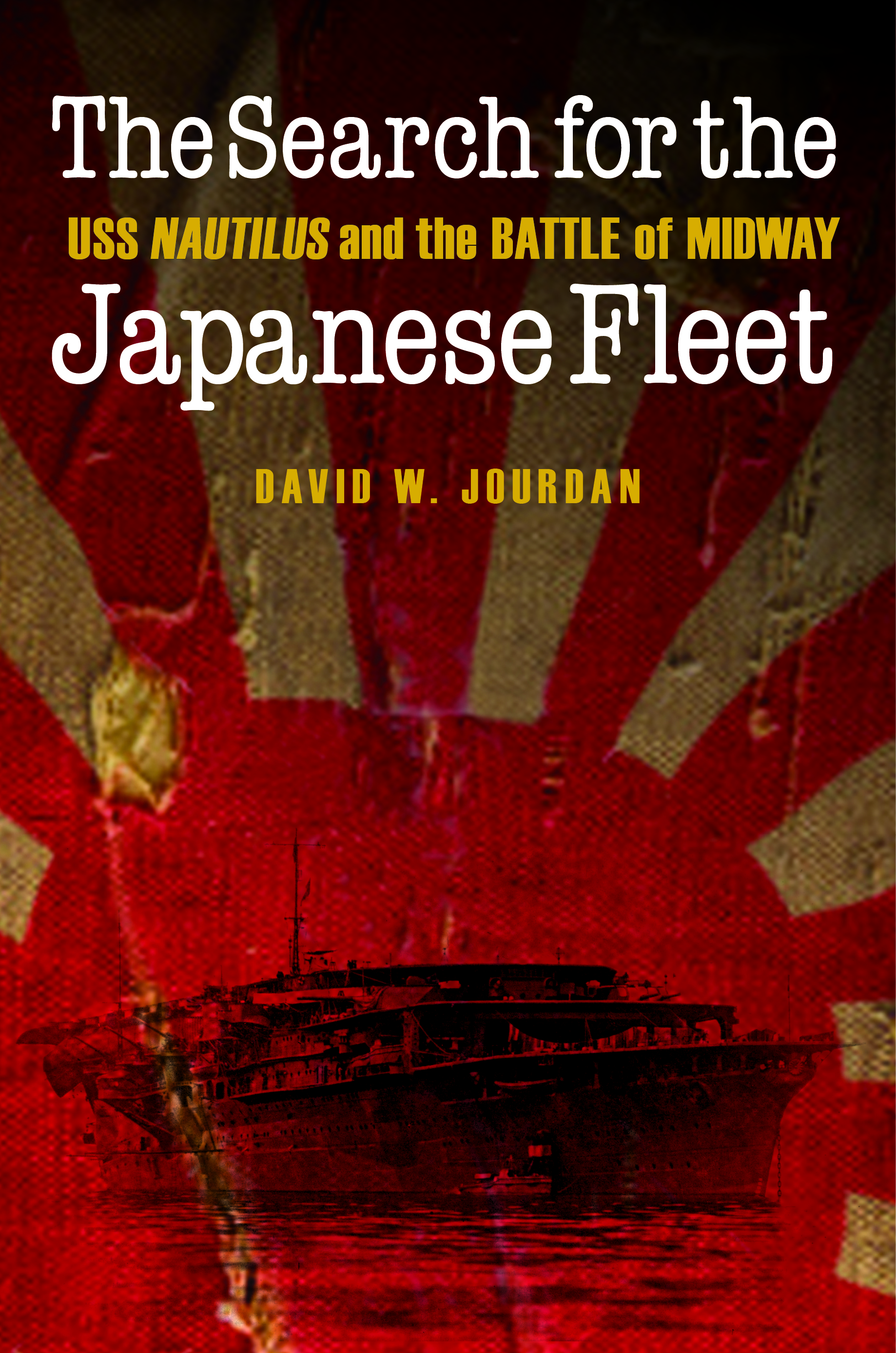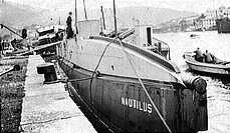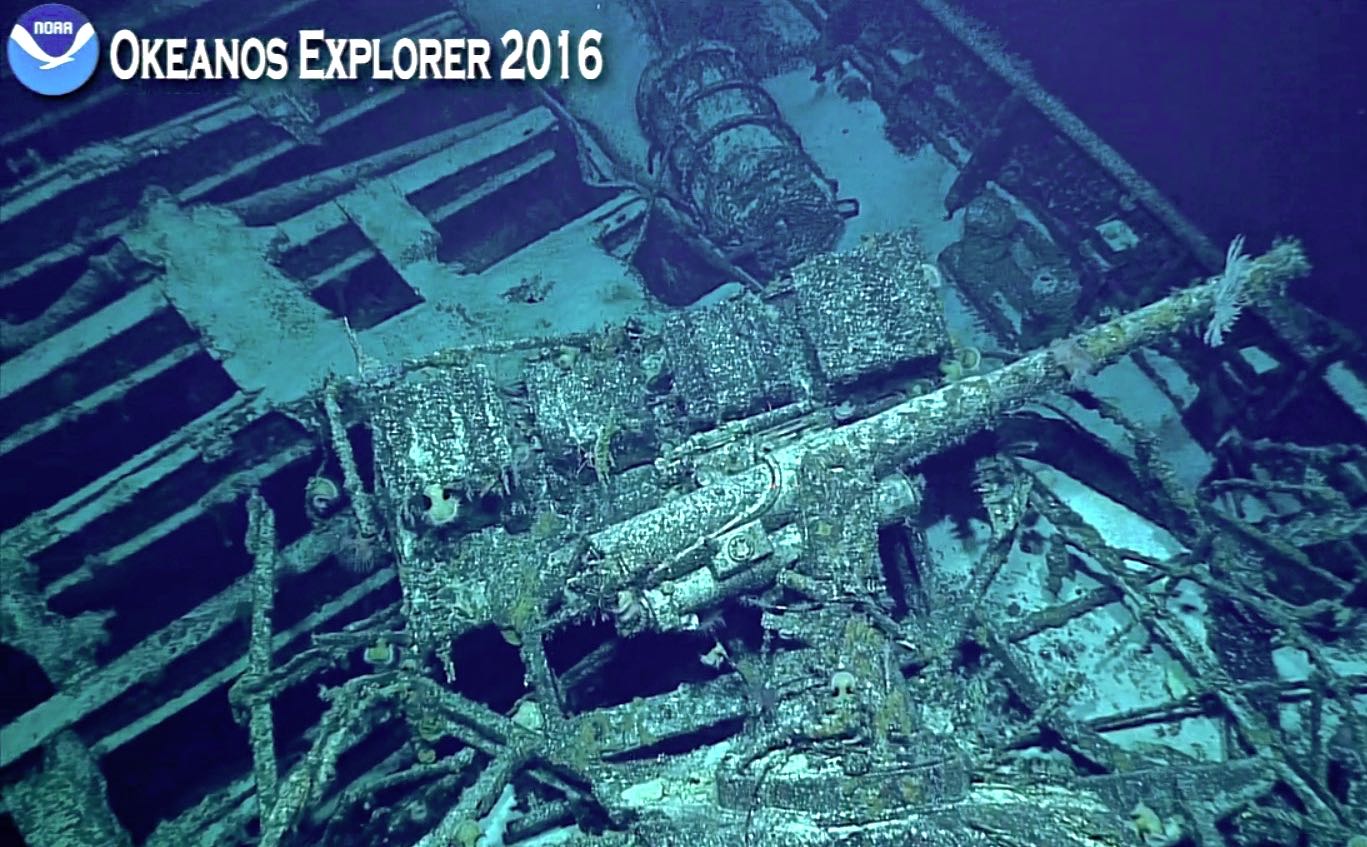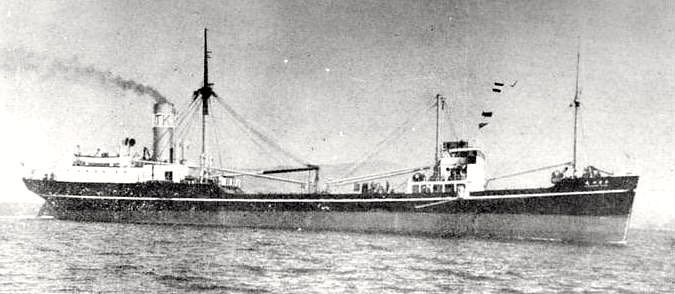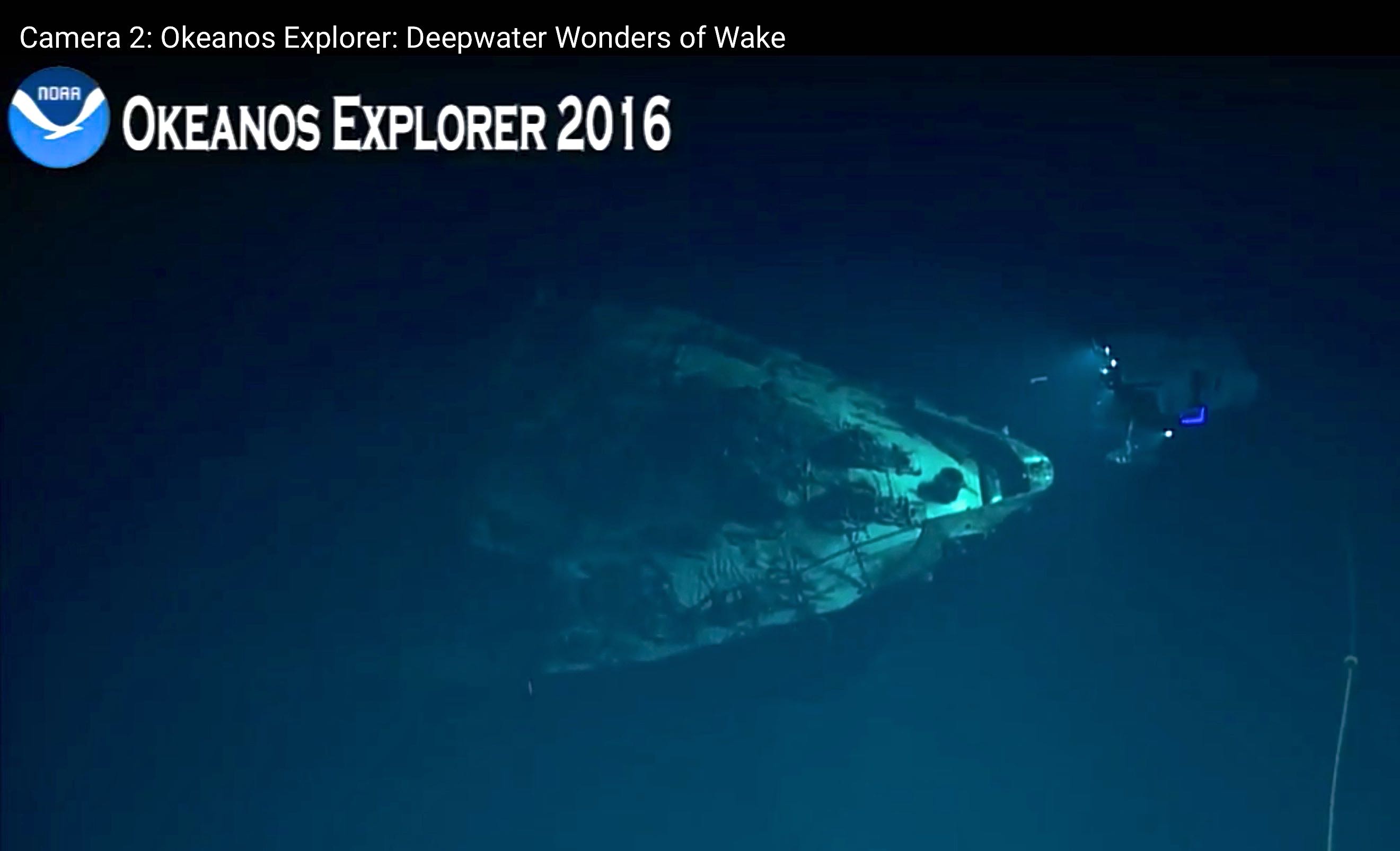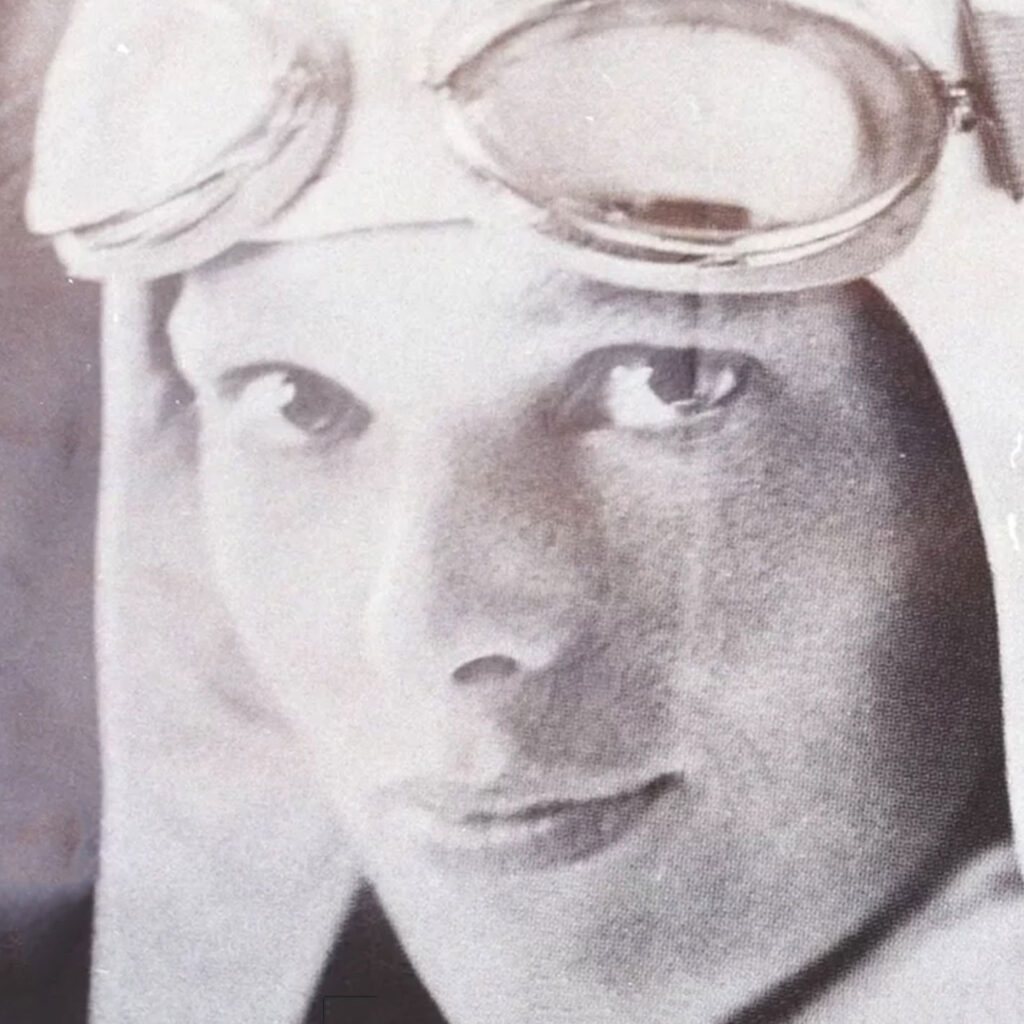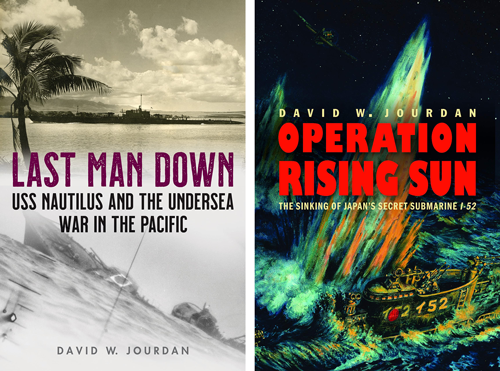 Amelia Earhart was a famous pilot in the early days of aviation, but she was not the only one, and was far from the first woman to fly. Bessie Coleman was born January 26, 1892 into a family of sharecroppers in Texas. Her mother was African American and her father was Native American, and she was the 12th of 13 children. A bright young woman, she attended segregated schools in Texas and Oklahoma before taking an interest in aviation. Hearing stories of the exploits of World War I fliers sparked her imagination, and she set her sights on becoming a pilot. Barred from flight school in the U.S., she spent the next several years learning French and saving money to move to Paris, where gender and racial discrimination were not barriers. In 1922, at the age of thirty, she achieved her dream and became the first black woman in the world to earn a pilot’s license.Returning to the U.S., she earned a living performing in air shows, specializing in stunt flying and parachuting. These were the Roaring Twenties, days of barnstorming without safety standards, when pilots vied to perform ever more dangerous stunts. Fliers like Charles Lindbergh cut their teeth on early exhibition teams, where surplus military aircraft and lack of FAA regulations combined to allow “flying circuses” to flourish.
Amelia Earhart was a famous pilot in the early days of aviation, but she was not the only one, and was far from the first woman to fly. Bessie Coleman was born January 26, 1892 into a family of sharecroppers in Texas. Her mother was African American and her father was Native American, and she was the 12th of 13 children. A bright young woman, she attended segregated schools in Texas and Oklahoma before taking an interest in aviation. Hearing stories of the exploits of World War I fliers sparked her imagination, and she set her sights on becoming a pilot. Barred from flight school in the U.S., she spent the next several years learning French and saving money to move to Paris, where gender and racial discrimination were not barriers. In 1922, at the age of thirty, she achieved her dream and became the first black woman in the world to earn a pilot’s license.Returning to the U.S., she earned a living performing in air shows, specializing in stunt flying and parachuting. These were the Roaring Twenties, days of barnstorming without safety standards, when pilots vied to perform ever more dangerous stunts. Fliers like Charles Lindbergh cut their teeth on early exhibition teams, where surplus military aircraft and lack of FAA regulations combined to allow “flying circuses” to flourish.